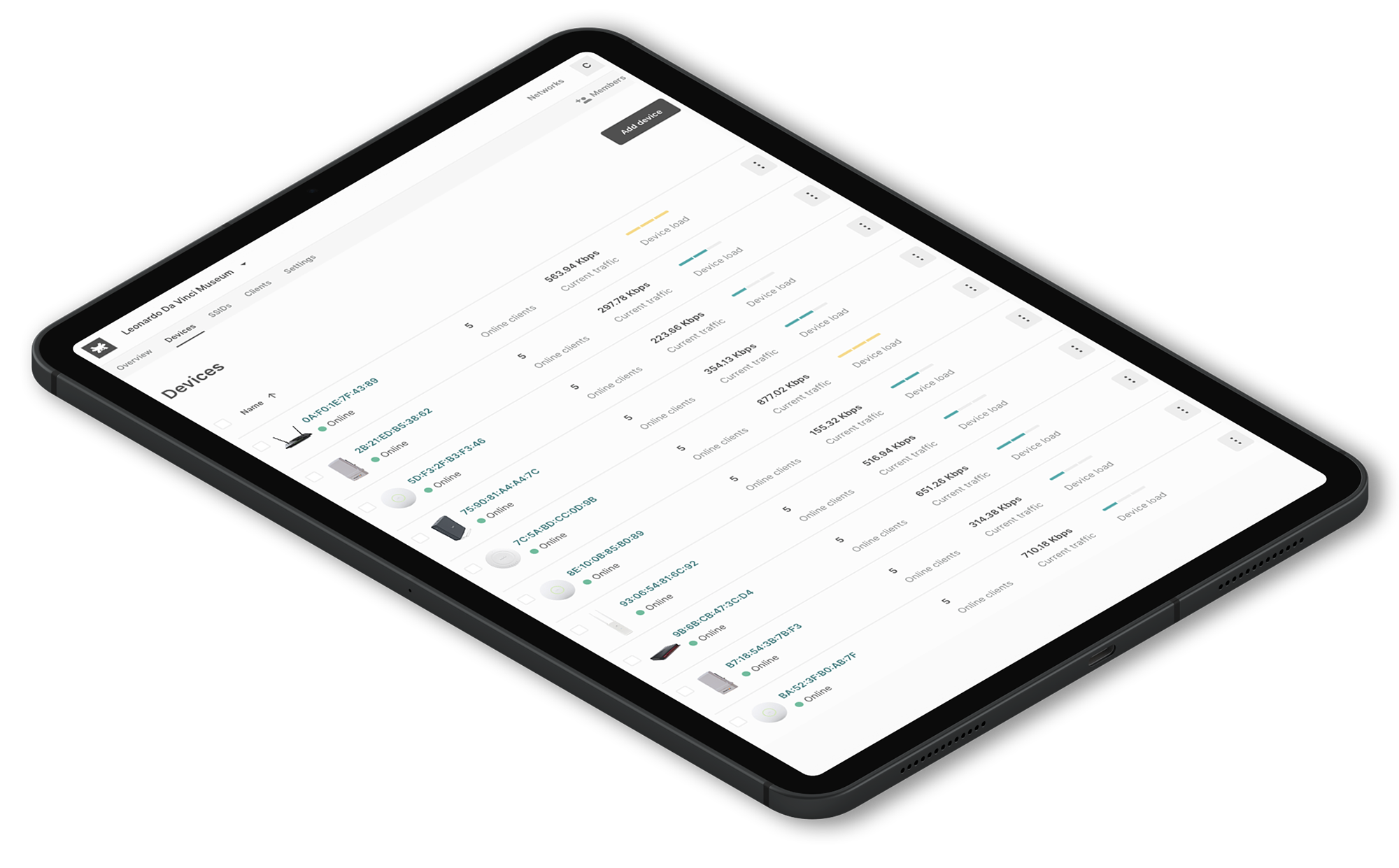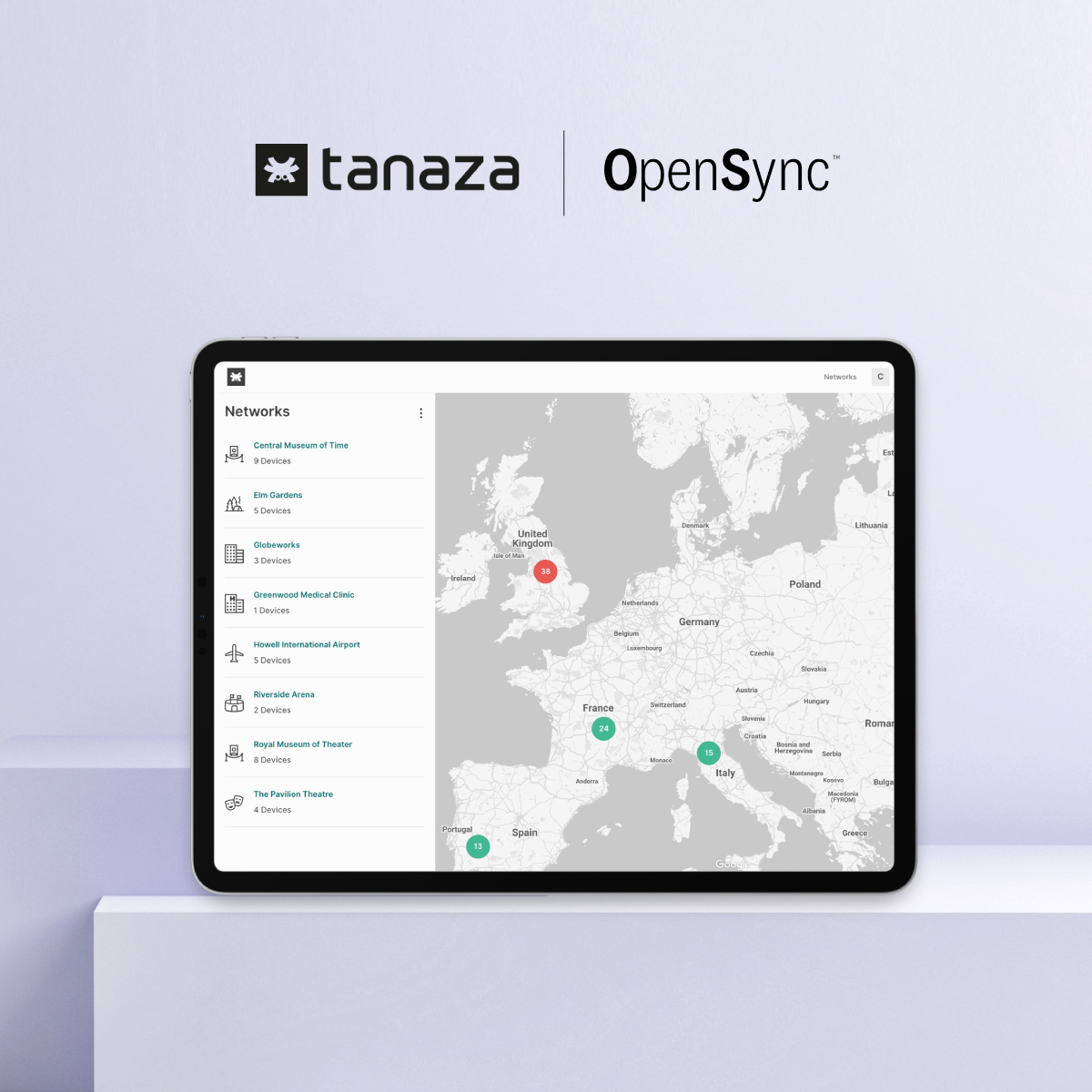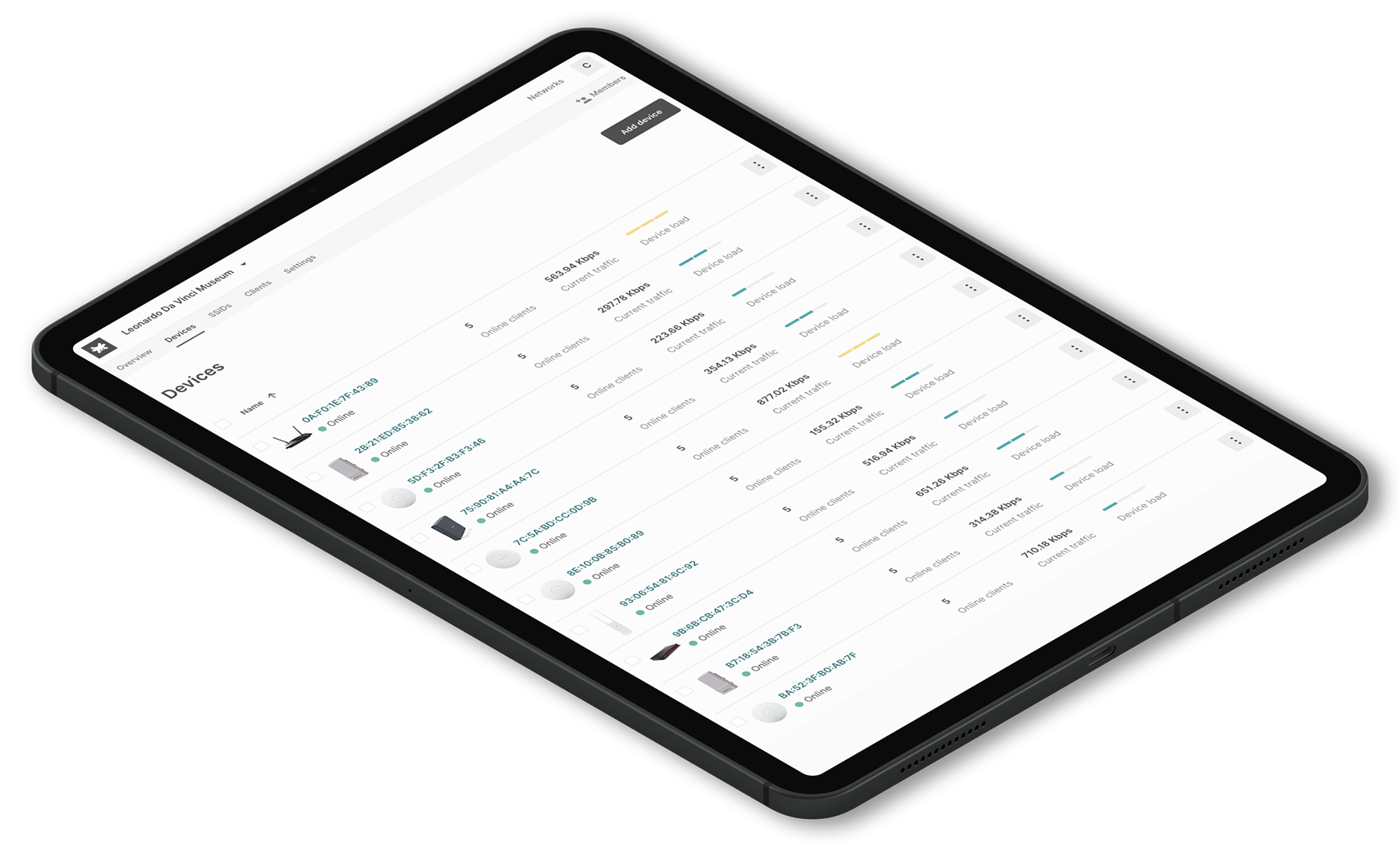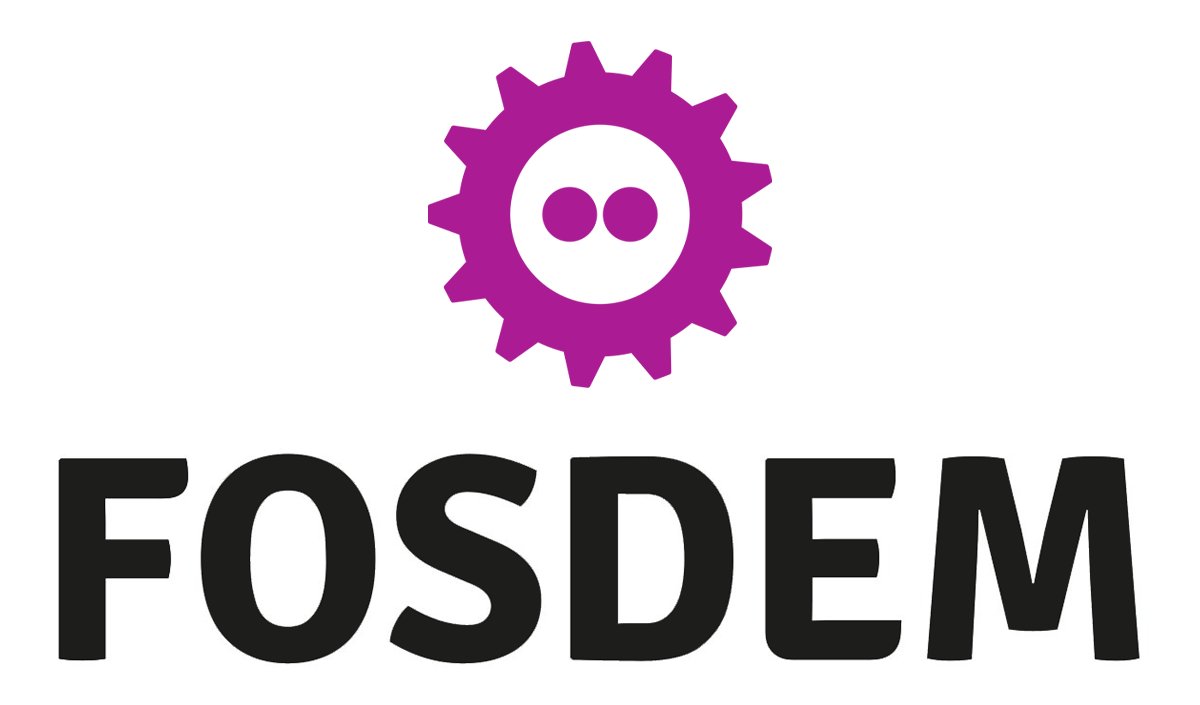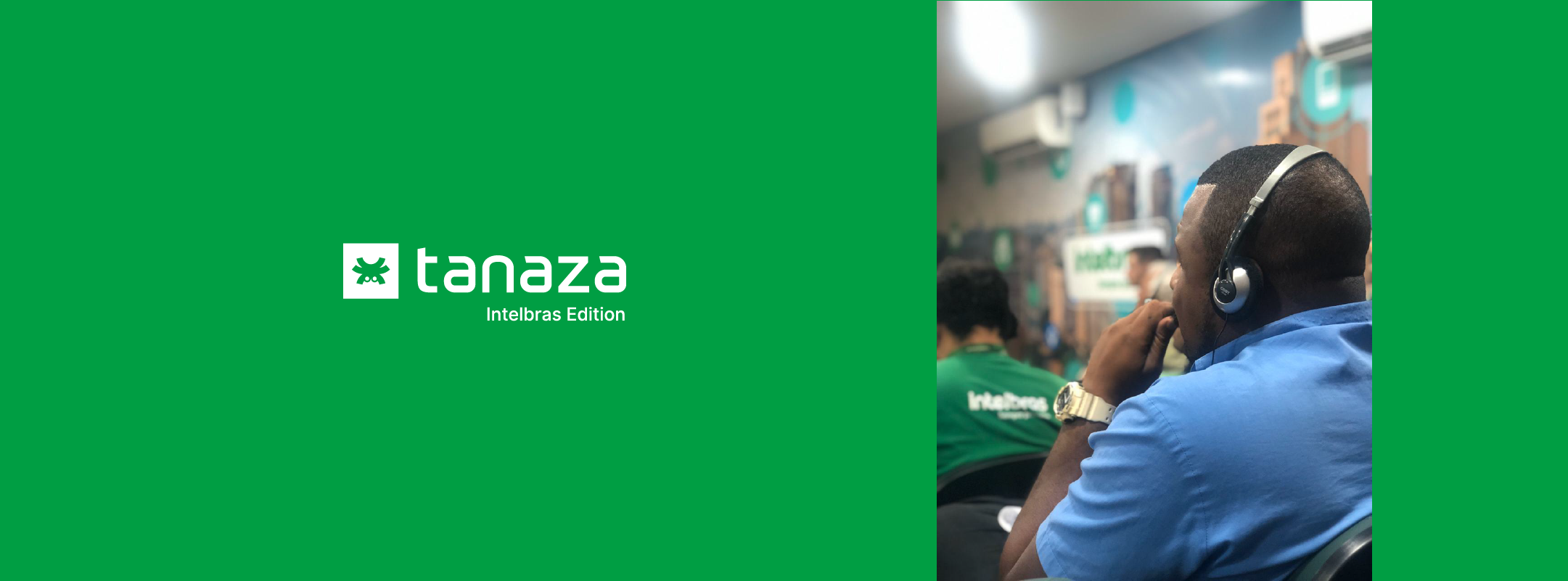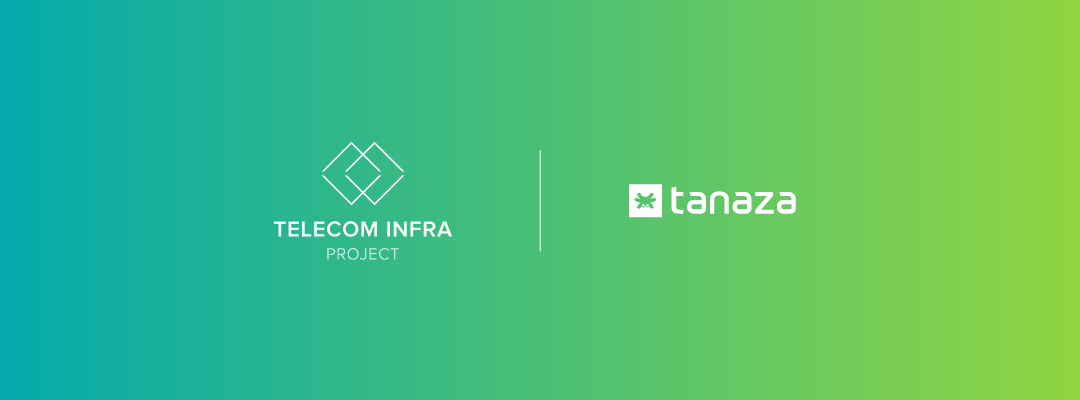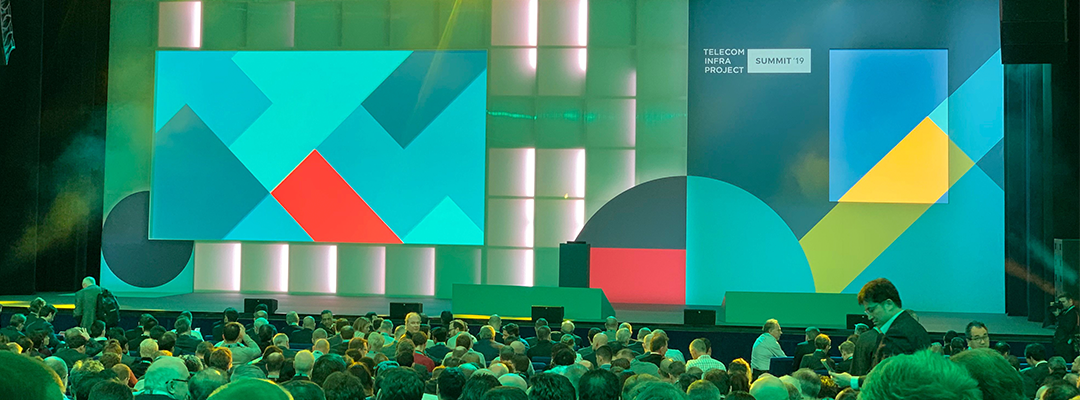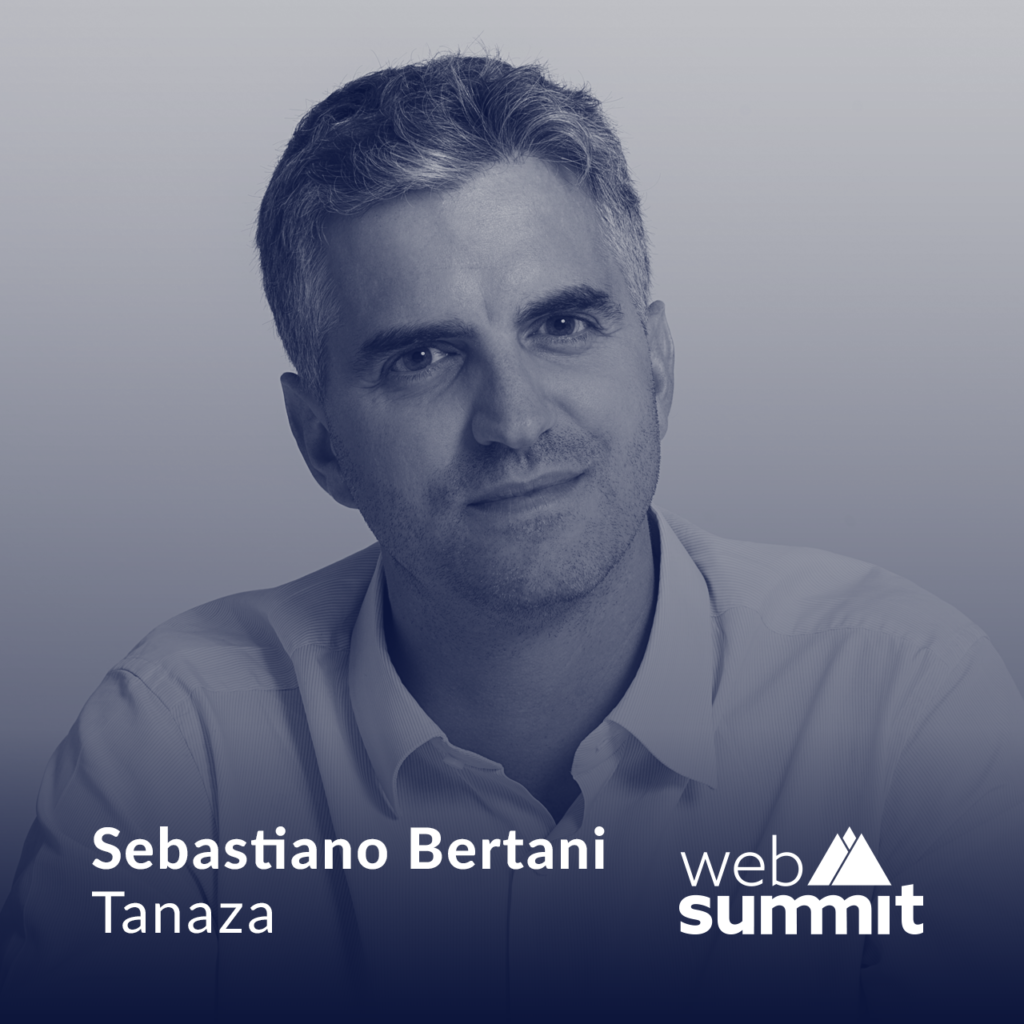Tanaza joins Facebook Connectivity’s Express Wi-Fi Technology Partner Program
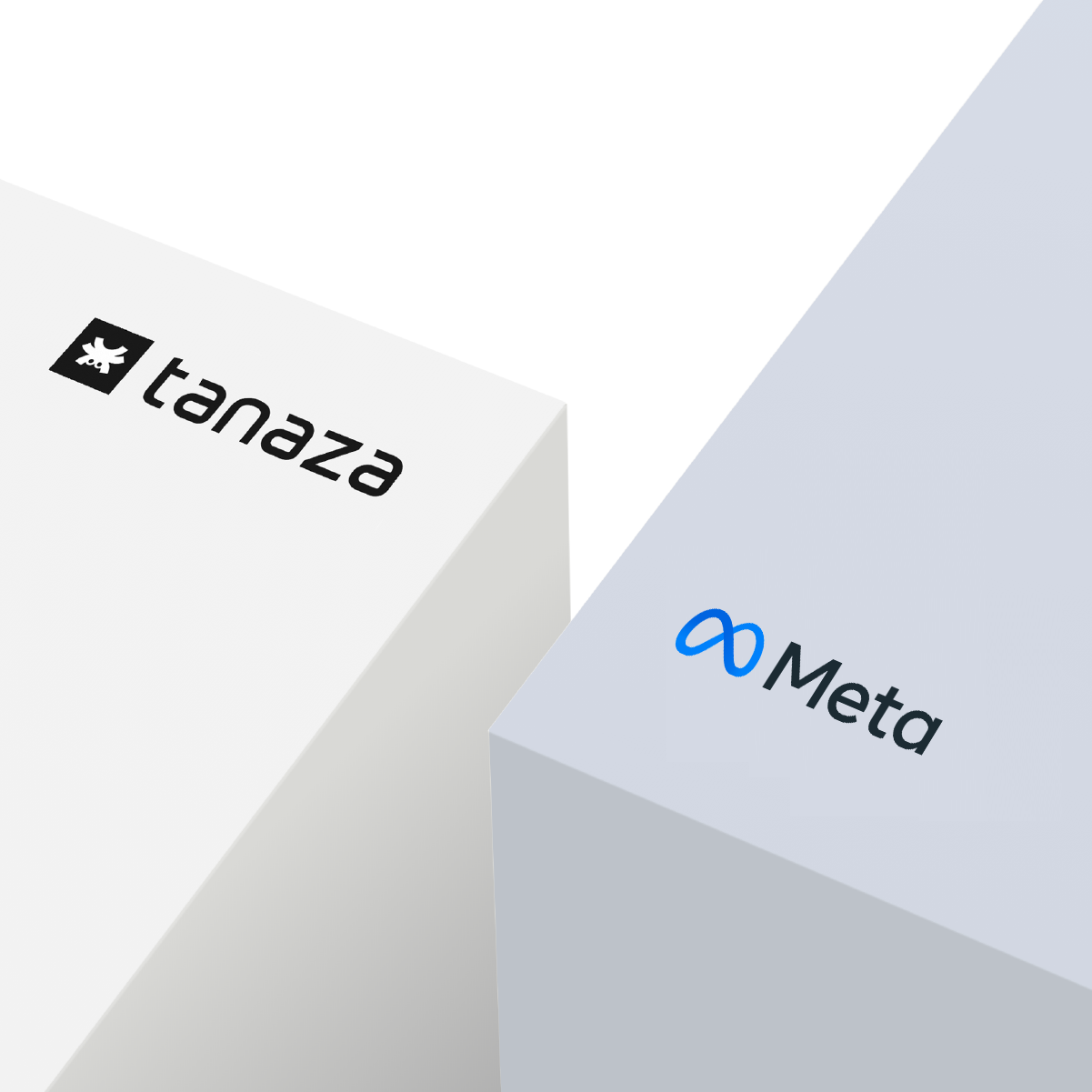
Tanaza joins Facebook Connectivity’s Express Wi-Fi Technology Partner Program [NOT AVAILABLE]
Express Wi-Fi by Facebook (Meta) is not anymore available since 31th December 2022
Discover all the integrations and add-ons in the Wi-Fi Marketplace
Tanaza has joined Facebook Connectivity’s Express Wi-Fi Technology Partner Program, which enables network equipment manufacturers to build network hardware and software that was compatible with Express Wi-Fi.
The 2019 EIU Inclusive Internet Index, commissioned by Facebook, found that 3.8 billion people don’t have access to fast, reliable internet. Wi-Fi networks had traditionally been hard to set up and expensive to deploy, especially when the intent is to reach an entire unconnected town or village. The Express Wi-Fi Technology Partner Program provided a unique solution by developing new technologies in partnership with equipment manufacturers and operators to build cost-effective Express Wi-Fi compatible hardware and software, enabling more people in more places to get connected.
What was Facebook Connectivity’s Express Wi-Fi?
Express Wi-Fi was part of Facebook Connectivity, a collection of programs, technologies and partnerships designed to increase the availability, affordability and awareness of high-quality internet access.
Connectivity was at the heart of Facebook’s mission
Facebook’s mission is to give people the power to build community and bring the world closer together. Critical to this mission is high-quality internet access, which gives people a voice and creates opportunities to share knowledge that can strengthen local communities and global economies. Facebook Connectivity worked closely with partners including mobile network operators, equipment manufacturers and more to develop programs and technologies—including Express WiFi, Magma, and Terragraph—that increase the availability, affordability and awareness of high-quality internet access, bringing more people online to a faster internet.
“More than 3.5 billion people still don’t have internet access, fueling the digital divide,” said James Beldock, Facebook Connectivity’s product manager for Express Wi-Fi. “Alongside our partners, Facebook Connectivity breaks down barriers to connectivity with new technologies, business models and programs, such as Express Wi-Fi, which service providers use to deliver fast and affordable Wi-Fi. Critical to the program’s success are our Express Wi-Fi technology partners, who have committed to building Express Wi-Fi compatible software and hardware. We welcome Tanaza to the program and look forward to partnering with them to expand connectivity globally.”
“Tanaza aims to provide high-quality network services to underserved areas that have not had access due to lack of infrastructure and high costs,” said Sebastiano Bertani, CEO, and Founder of Tanaza. “Joining the Express Wi-Fi Technology Partner Program will allow us to give our users fast, affordable and reliable Wi-Fi easily and aligns with our mission to make Wi-Fi more accessible.”
“By integrating the Express Wi-Fi platform into its feature set, Tanaza was available to work with mobile network operators in areas of the world that are suffering most from the digital divide and expand its presence in some Asian and African countries,” said Valeria Magoni, Head of Marketing at Tanaza. “Operators had the opportunity to monetize their networks and cloud manage them through an enterprise-grade system at a fraction of the cost due to Express Wi-Fi.”
Members of the Technology Partner Program were currently collaborating to connect underserved communities around the world and to bring more people online to faster internet. Further updates about this feature’s release are expected in the next few months.


